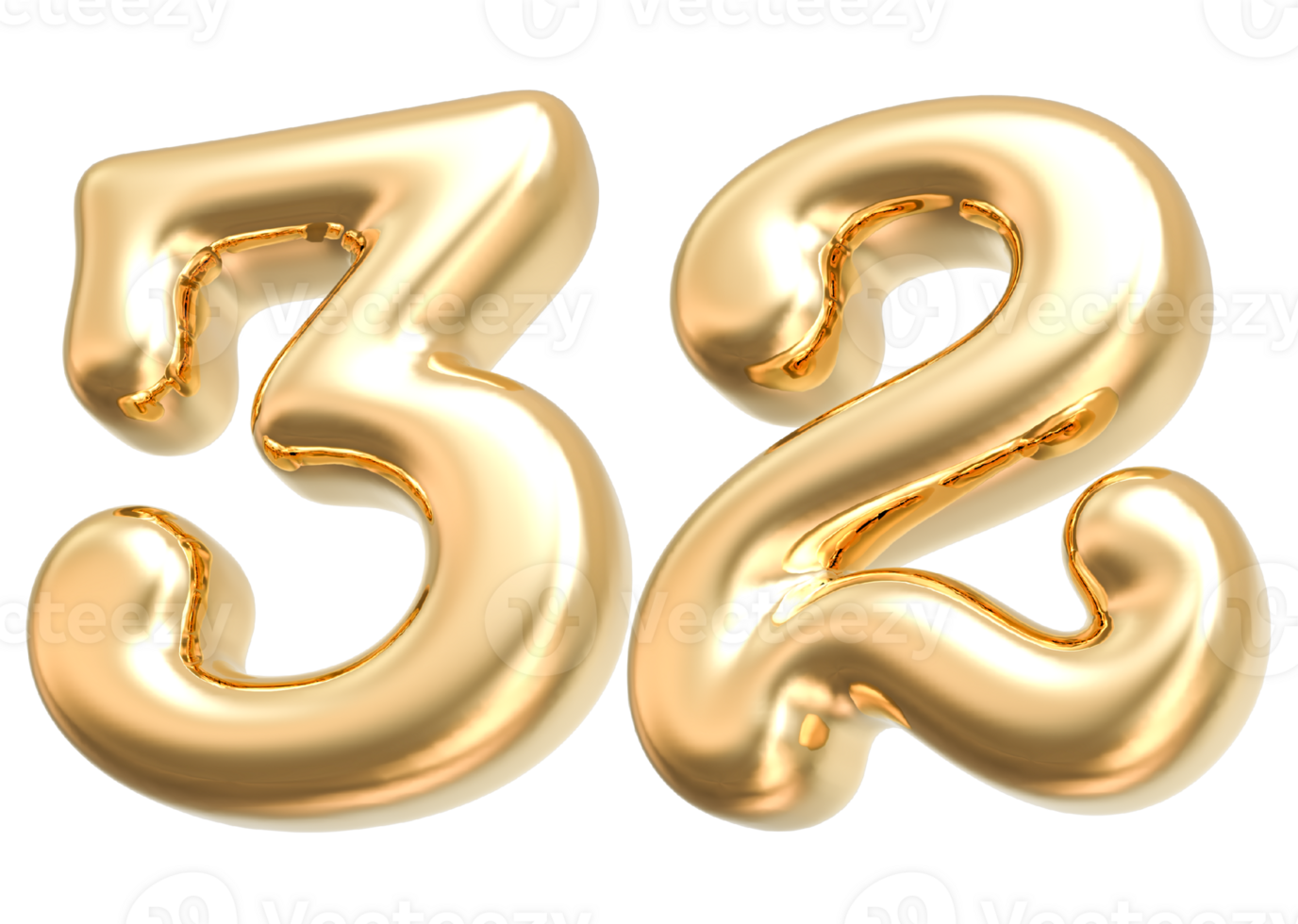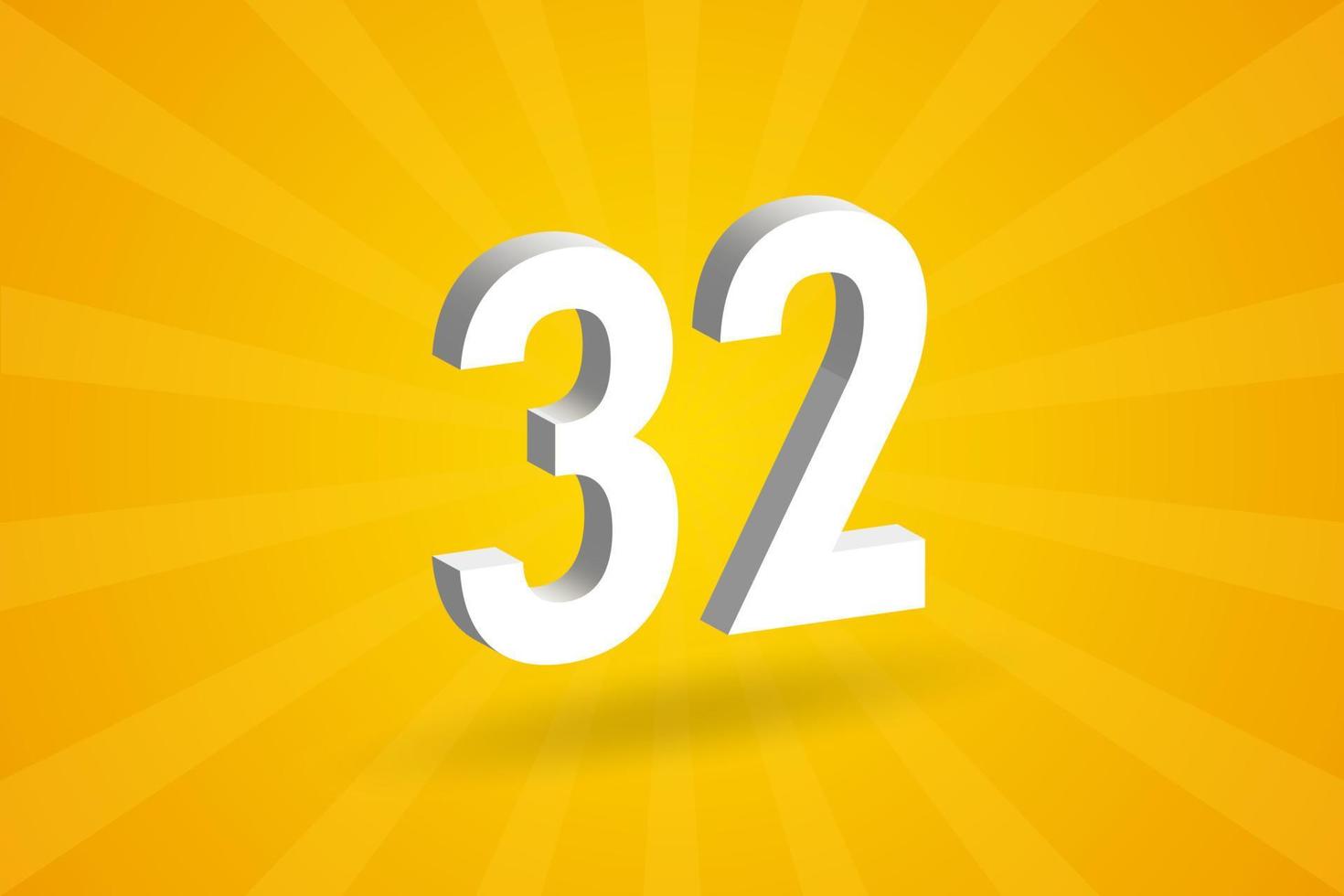32 (thirty-two) is the natural number following 31 and preceding 33.
Mathematics
32 is the fifth power of two (), making it the first non-unitary fifth-power of the form where is prime. 32 is the totient summatory function over the first 10 integers, and the smallest number with exactly 7 solutions for .
The aliquot sum of a power of two is always one less than the number itself, therefore the aliquot sum of 32 is 31.
The product between neighbor numbers of 23, the dual permutation of the digits of 32 in decimal, is equal to the sum of the first 32 integers: .
32 is also a Leyland number expressible in the form , where:
The eleventh Mersenne number is the first to have a prime exponent (11) that does not yield a Mersenne prime, equal to:
The product of the five known Fermat primes is equal to the number of sides of the largest regular constructible polygon with a straightedge and compass that has an odd number of sides, with a total of sides numbering
The first 32 rows of Pascal's triangle read as single binary numbers represent the 32 divisors that belong to this number, which is also the number of sides of all odd-sided constructible polygons with simple tools alone (if the monogon is also included).
There are also a total of 32 uniform colorings to the 11 regular and semiregular tilings.
There are 32 three-dimensional crystallographic point groups and 32 five-dimensional crystal families, and the maximum determinant in a 7 by 7 matrix of only zeroes and ones is 32. In sixteen dimensions, the sedenions generate a non-commutative loop of order 32, and in thirty-two dimensions, there are at least 1,160,000,000 even unimodular lattices (of determinants 1 or −1); which is a marked increase from the twenty-four such Niemeier lattices that exists in twenty-four dimensions, or the single lattice in eight dimensions (these lattices only exist for dimensions ). Furthermore, the 32nd dimension is the first dimension that holds non-critical even unimodular lattices that do not interact with a Gaussian potential function of the form of root and .
32 is the furthest point in the set of natural numbers where the ratio of primes (2, 3, 5, ..., 31) to non-primes (0, 1, 4, ..., 32) is
The trigintaduonions form a 32-dimensional hypercomplex number system.
Notes
References
External links
- Prime Curios! 32 from the Prime Pages



![]()
